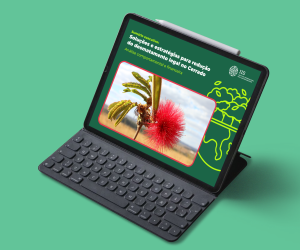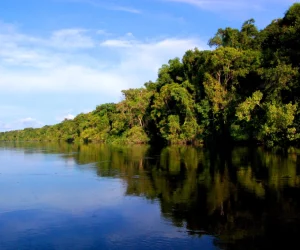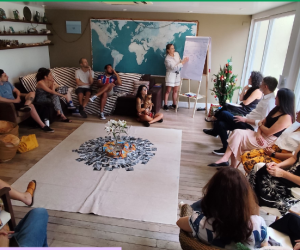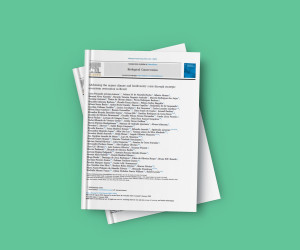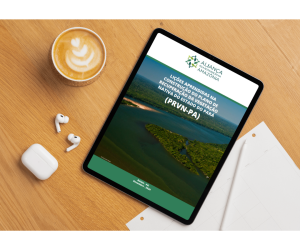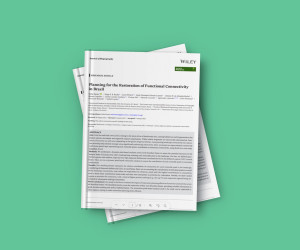News > News
06.01.23
IIS contributes to different targets of the Post-2020 Global Biodiversity Framework (Post-2020 GBF)
IIS played a major role on the discussion and, mainly, on the scientific foundation of the new Post-2020 Global Biodiversity Framework (Post-2020 GBF), defined in the 15th Conference of the Parties (COP15) to the United Nations Convention on Biological Diversity (CBD) held in 2022.
In 2019, we hosted the CBD´s Thematic Consultation on Ecosystem Restoration workshop seeking to promote dialogue between the Parties to develop suggestions on possible objectives for the Global Framework. This international event was the starting point for much of the discussion on the agreed targets. Then, through PLANGEA modeling, IIS mapped the priority global areas for ecosystem conservation and restoration, thus supporting the following GBF targets:
- 1 – addresses the need for spatial planning for conservation and restoration to achieve all spatial targets;
- 2 – establishes the need for ecological restoration of at least 30% of terrestrial, freshwater and marine ecosystems;
- 3 – defines the need to protect 30% of terrestrial, freshwater and marine ecosystems.
In addition, we published two articles (Strassburg et al. 2020 and Leadley et al. 2022) on defining and implementing the agreement targets. The two articles subsidized official technical documents (info documents) for country negotiators. Complementarily, we prepared four policy briefs indicating:
- how the implementation of the agreement can be efficient if you consider spatial planning in an integrated way;
- how spatial planning in ambitious countries is making it easier to achieve their goals for climate and nature;
- the importance of using technology for tracking to harnessing the potential of spatial data and digital technologies to prioritise nature and climate action;
- how the international trade agreement between the European Union and Mercosur can influence biodiversity and land use in Brazil;
In the pre-COP period, we held an event with Itamaraty, companies and academia to discuss Brazil’s engagement and the role of the private sector, contributing to target 15 (private sector actions). Finally, IIS was represented at the conference in Montreal (Canada) by 3 collaborators:
- Scientist Joana Krieger participated in the panel “SPACES coalition: the role of spatial planning in delivering on targets for climate and nature“, presenting results of our modeling for spatial prioritization;
- Rafael Loyola was part of the panel “Nature-positive trade for sustainable development: how trade-related policies and measures can support the delivery of the post-2020 global biodiversity framework?“. The executive director exposed the challenges and opportunities for Brazil in relation to international trade and business sustainability, emphasizing the research carried out by the Institute;;
- Finally, president Bernardo Strassburg presented how IIS’s multi-criteria spatial planning approach can facilitate the global implementation of the agreement related to Target 2 (ecosystems restoration).
At the same time, Strassburg and Loyola held bilateral conversations with different important actors in the context of the Conference, such as the co-chairs of the COP15 discussion groups, the Brazilian team of Itamaraty negotiators and the representative of the transition team of the new Brazilian federal government.
We appreciate all the trust placed in us to participate in this important process of defining new biodiversity targets. It’s just the beginning of a new era in our relationship with life on Earth! Access the Post-2020 GBF by clicking the button below:
Related Content
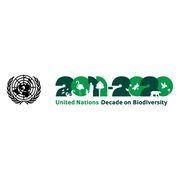
06.09.19
IIS will host United Nations CBD´s Thematic Workshop on Ecosystem Restoration
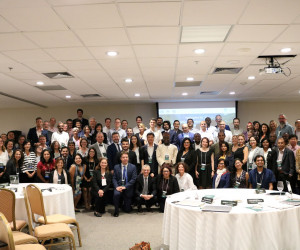
07.11.19
The first day of the Thematic Consultation on Ecosystem Restoration of the Convention on Biological Diversity
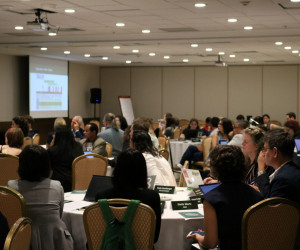
07.11.19
“Living in harmony with Nature” – second day of the Thematic Consultation on Ecosystem Restoration discusses how to achieve the 2050 Vision
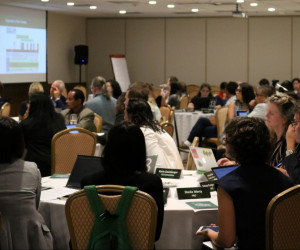
12.11.19
The closing day of CBD´s Thematic Consultation on Ecosystem Restoration workshop
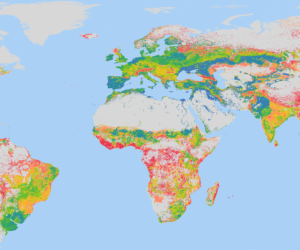
PLANGEA: Strategic Land Use Planning
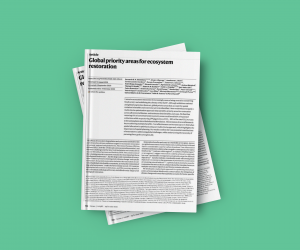
Nature: Global priority areas for ecosystem restoration
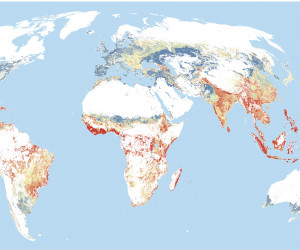
14.10.20
Restoring 30% of the world’s ecosystems in priority areas could stave off more than 70% of projected extinctions and absorb nearly half of the carbon built up in the atmosphere since the Industrial Revolution
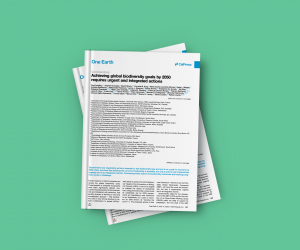
Achieving global biodiversity goals by 2050 requires urgent and integrated actions
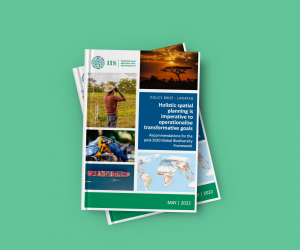
Holistic spatial planning is imperative to operationalise transformative goals: recommendations for the post-2020 Global Biodiversity Framework
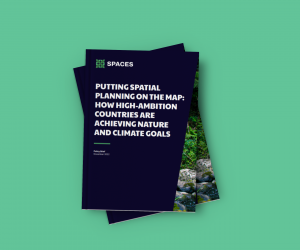
Putting spatial planning on the map: how high-ambition countries are achieving nature and climate goals
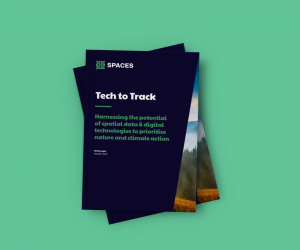
Tech to Track: Harnessing the potential of spatial data & digital technologies to prioritise nature and climate action
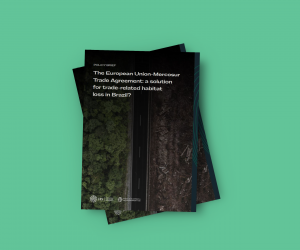
Policy Brief: The European Union-Mercosur Trade Agreement: a solution for trade-related habitat loss in Brazil?

SPACES: spatial intelligence for climate and nature
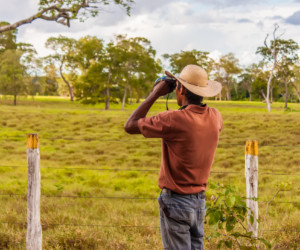
UKRI GCRF Trade, Development and the Environment Hub
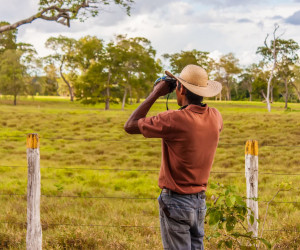
05.03.21

